Ficus bonsai
Original price was: ₹850.₹750Current price is: ₹750.
Out of stock
Email when stock available
Description
Quantity: single plant
size- medium
Ficus bonsai, often referred to as “Ficus microcarpa,” “Ficus retusa,” or “Ficus benjamina,” is a popular choice for creating bonsai trees. Ficus trees are known for their adaptability, and they can thrive indoors or outdoors, making them suitable for bonsai cultivation. Here’s some information about Ficus bonsai:
- Species: Ficus bonsai can be created from various species, including Ficus microcarpa, Ficus retusa, and Ficus benjamina. These species are favored for their small leaves and attractive growth habits, which make them well-suited for bonsai styling.
- Size: The size of a Ficus bonsai depends on the age and training of the tree. They can range from small, tabletop bonsai to larger specimens. Some Ficus bonsai can reach heights of 1 to 2 feet, while others can be kept much smaller.
- Foliage: Ficus bonsai typically have glossy, dark green leaves. The leaves can vary in size depending on the specific Ficus species used and the pruning and training techniques applied.
- Indoor vs. Outdoor: Ficus bonsai can be grown both indoors and outdoors, depending on your climate and local conditions. They can tolerate a range of light conditions but typically prefer bright, indirect sunlight. When growing Ficus bonsai indoors, provide them with adequate light and humidity.
- Training: Bonsai enthusiasts use various training techniques to shape Ficus bonsai, such as pruning, wiring, and root trimming. The goal is to create the desired bonsai style, whether it’s informal upright, formal upright, cascade, or another style.
- Pruning: Regular pruning is essential to maintain the bonsai’s shape and encourage branching. Ficus bonsai can be quite vigorous in their growth, so pruning helps control their size and shape.
- Repotting: Ficus bonsai should be repotted every 2-3 years to refresh the soil and trim the roots. Repotting is typically done during the spring.
- Watering: Ficus bonsai like to be kept evenly moist but not waterlogged. Watering requirements will vary depending on factors like temperature, humidity, and the size of the pot. Allow the topsoil to dry slightly between watering.
- Fertilization: Regular feeding with a balanced, liquid fertilizer during the growing season (spring through summer) is crucial for the health and growth of the Ficus bonsai.
- Pests and Diseases: Ficus bonsai can be susceptible to pests like aphids, scale insects, and mealybugs. Keeping a close eye on your bonsai and addressing any pest issues promptly is essential.
Ficus bonsai is a favorite choice among bonsai enthusiasts due to its forgiving nature and adaptability to various styles. With proper care and regular maintenance, Ficus bonsai can make striking and beautiful additions to both indoor and outdoor bonsai collections. Remember that the specific care requirements may vary depending on the Ficus species used, so it’s important to research and understand the needs of your particular Ficus bonsai.
Only logged in customers who have purchased this product may leave a review.

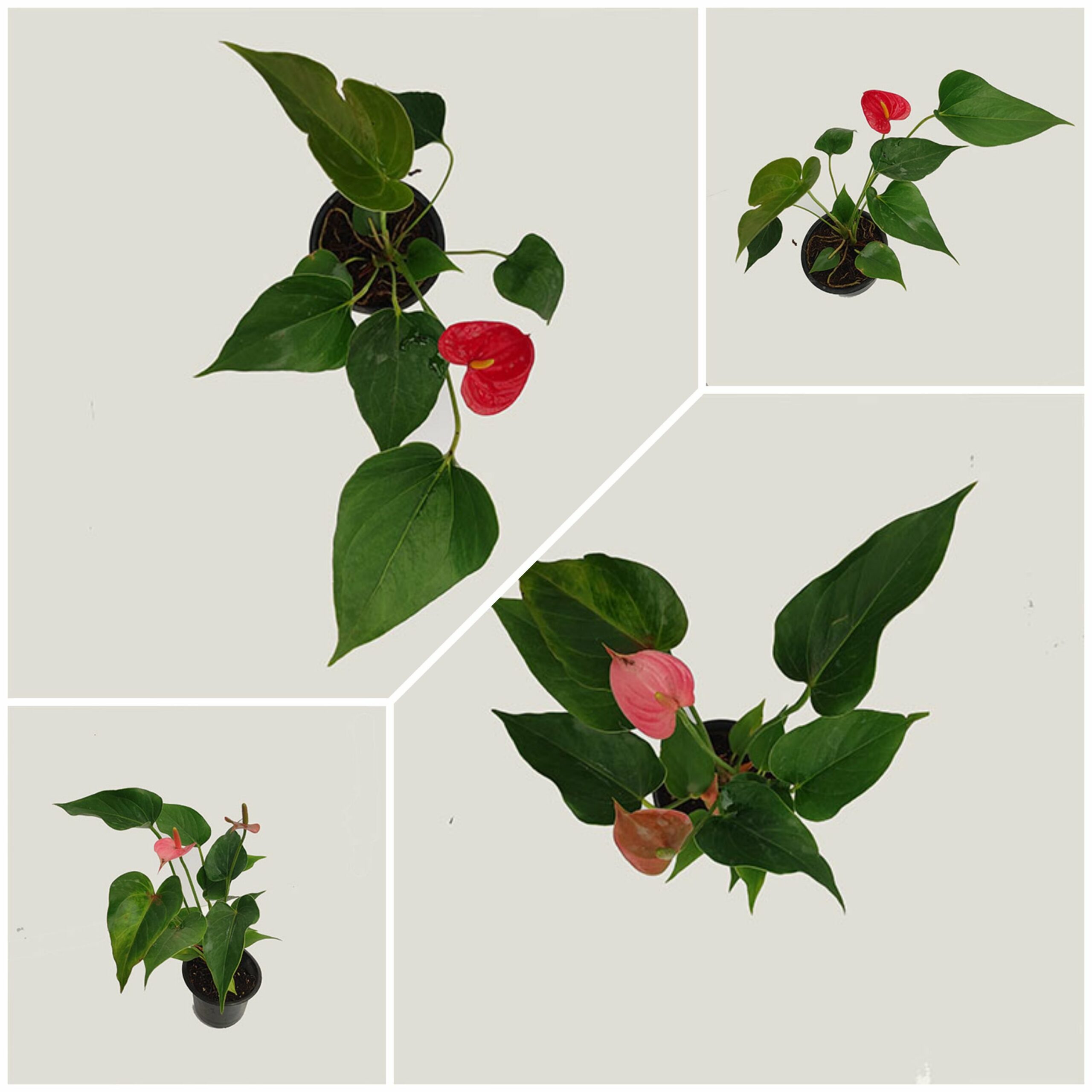
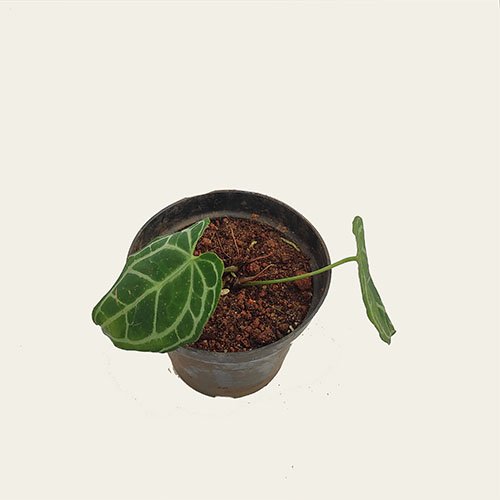
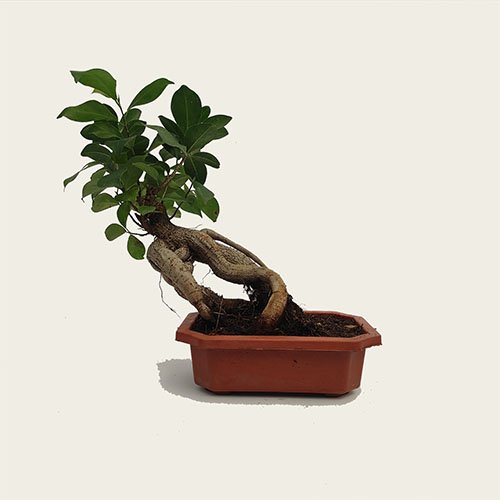


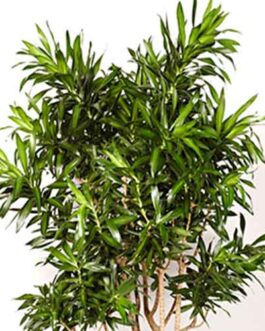
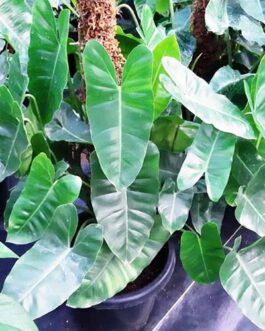
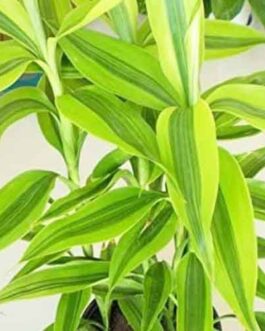
Reviews
There are no reviews yet.